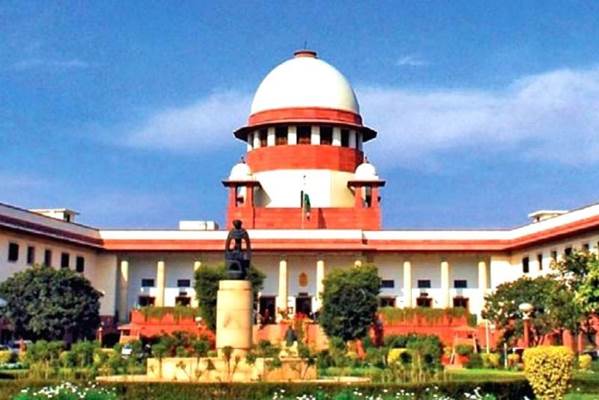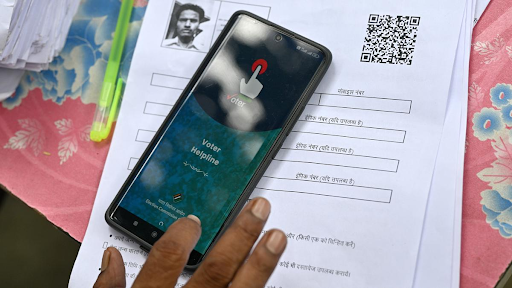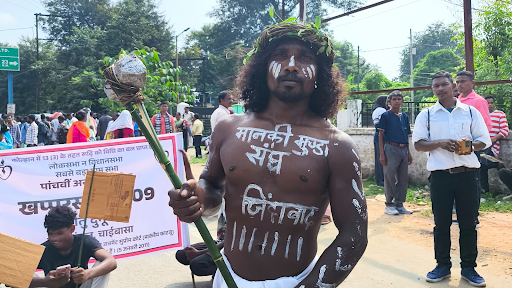Description

Copyright infringement not intended
In News
- Supreme Court collegium led by Chief Justice of India (Justice N V Ramana) has made more than 250 recommendations for high court judge appointments. This helps in bringing down vacancies to their lowest level since 2016.
- According to the latest data from the Ministry of Law and Justice, as of 1st August; there are 380 vacancies against the sanctioned strength of 1,108 judges in 25 high courts.
- CJI Ramana’s tenure also saw the most appointments being cleared by the government.
Appointment of the High Court Judges
- According to Article 217, the Chief Justice of a High court is appointed by the President in consultation with the Chief justice of India as well as the Governor of the state.
- A Collegium headed by the CJI makes a recommendation to the government for the appointment of judges.
- The Collegium recommends the eligible names to the law ministry which after scrutinizing recommended to the president.
- The president either approves the names or returns the names for reconsideration by the Supreme Court.
- If the Supreme Court sends the names 2nd time then the president appoints the recommended persons.
- Qualification
- He should be a citizen of India.
- He should have held a judicial office in the territory of India for 10 years or Should have been an advocate of the high court(s) for 10 years.
- No minimum age is fixed for High Court judges.
- A High Court Judge holds the office till the age of 62 years.
- The salaries and allowances of the Chief Justice of the High Court and Other High Court Judges are decided by the parliament by law, from time to time.
- Salaries and other expenses are charged from the consolidated fund of the State.
- Pension comes from the Consolidated Fund of India.
- A Judge of the High Court can be removed from office only for proven misbehaviour or incapacity and only in the same manner in which a Judge of the Supreme Court is removed.

Collegium System
- Under the Collegium System, appointments/elevation of judges/lawyers to the Supreme Court and transfers of judges of High Courts and Apex Court are decided by a panel of the Chief Justice of India and the four senior-most judges of the Supreme Court.’
- The word ‘Collegium’ is nowhere mentioned in the Indian Constitution, it has come into force as per Judicial Pronouncement.
Evolution of Collegium System
- Under the Constitution, The Judges of the Supreme Court are appointed by the president. The chief justice is appointed by the president after consultation with such judges of the Supreme Court and high courts as he deems necessary.
- The other judges are appointed by the president after consultation with the chief justice and other judges of the Supreme Court and the high court as he deems necessary.
- The consultation with the chief justice is obligatory in the case of the appointment of a judge other than the Chief justice
- First judges case (1982): The Supreme court held that consultation does not mean agreement and it only means an exchange of views.
- Second judges case (1993): The court changed its earlier ruling and changed the meaning of the word consultation to consensus.
- It ruled that the advice tendered by the CJI is binding on the President in matters of appointment of SC judges. But any such advice would be tendered after CJI consults with two of his most senior judges.
- Third judges case (1998): The consultation process should be based on the plurality of judges.
- CJI should consult a Collegium of four senior-most judges before making a recommendation to the President and even if two judges give an unfavourable opinion, he should not send the proposal to the President.
https://indianexpress.com/article/india/collegium-led-by-cji-ramana-cleared-over-250-for-hcs-vacancies-now-lowest-since-2016-8092214/
https://t.me/+hJqMV1O0se03Njk9













